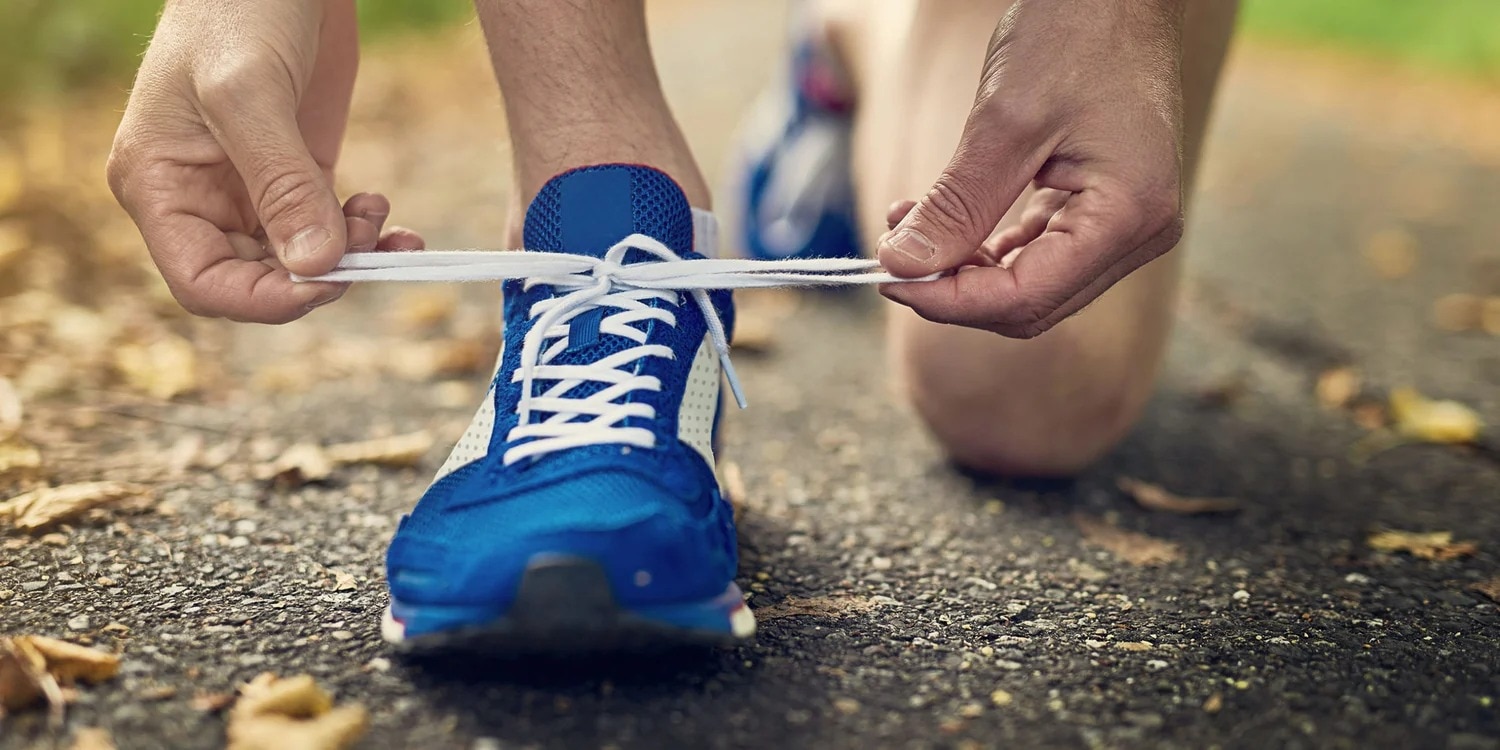
How to Get the Best Running Shoe for You
Finding the right running shoes can make all the difference on your joints. Click here to learn more!
When participating in any type of sport, it’s important to have the proper equipment, including shoes—especially for running. Everyone’s running shoe needs are different, so it’s vital that you pick the best fit for you.
There are three different types of feet: flat, high-arched, and neutral/normal. Identifying your foot type is the first step in figuring out what kind of shoe you need. To do this, you can use a method called the footprint test. Simply look at the appearance of your bare footprint, then compare to the following descriptions.
Flat feet
You’ll know you have flat feet when there is a pronounced lack of an arch. Your footprint has no indentation because it’s flat from heel to toe. Being flat-footed usually means that you overpronate when you run (your feet roll inward). Look for the words “motion control” or “stability” to counteract this motion. In addition to this, many people with flat feet need orthotics, which can help correct foot issues.
High-arched Feet
If your footprint curves inward, causing the middle of your foot to look skinny, you have high-arched feet. High arches usually mean that you underpronate, or supinate, meaning your feet roll outward while running. To remedy high arches, look for shoes with the words “flexible” or “cushioned.” These shoes will have a soft midsole that will support your arch and help absorb shock. (Note: Regular running can cause the arch to fall and foot to elongate, so you should periodically measure your feet, especially if you have a higher arch.)
Neutral/Normal Feet
If your footprint doesn’t look like the previous descriptions then you most likely have neutral/normal feet. Your footprint will have a noticeable curve inward, not as drastic as a high arch, and no more than 3/4 of an inch. As long as you don’t pick shoes like the ones mentioned above you should be fine, as you have the most common foot type.
A few other factors to keep in mind are age, gender, running experience, and type of running (treadmill, trail, or asphalt). All of these things can affect what running shoe you need. For those who want more personalized recommendations of running shoes, try using the Runner’s World Shoe Finder. This test uses the information above as part of a form to find you the best shoes to match your foot type.
Now you’ve found your perfect shoe, you’re ready to get out there and get running! Enjoy!
Don't keep all the good info to yourself.
Share this with friends!
Explore more blogs:
More to explore from Active Lifestyle
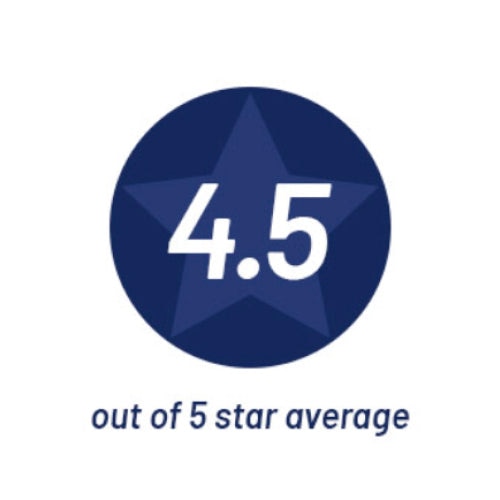

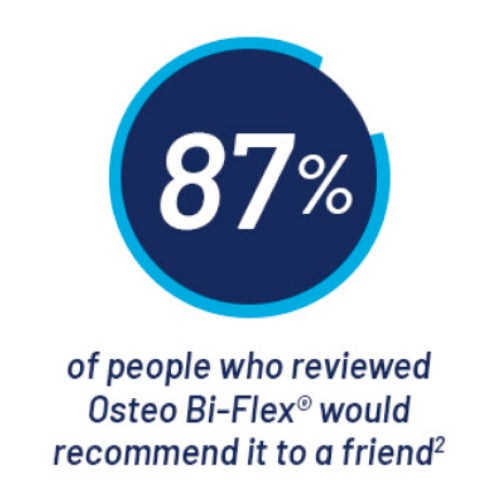
#BE A FLEXER

Osteo Bi-Flex® is named pharmacists’ most recommended brand of joint supplements.1
Learn More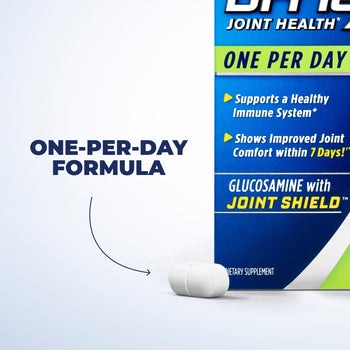
One Per Day
Nourish and strengthen your joints* with Osteo Bi-Flex One Per Day.
View Product
What is Joint Shield™?
Learn More
Osteo Bi-Flex®—Voted the #1 Best Bone & Joint Supplement. ◊
Learn More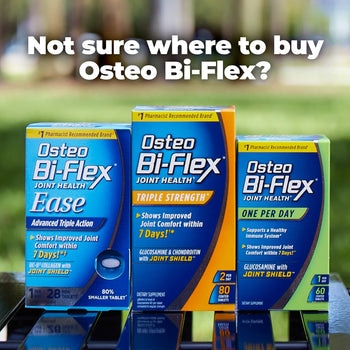
Shop Osteo Bi-Flex® supplements online or find a store near you.
Where to Buy

